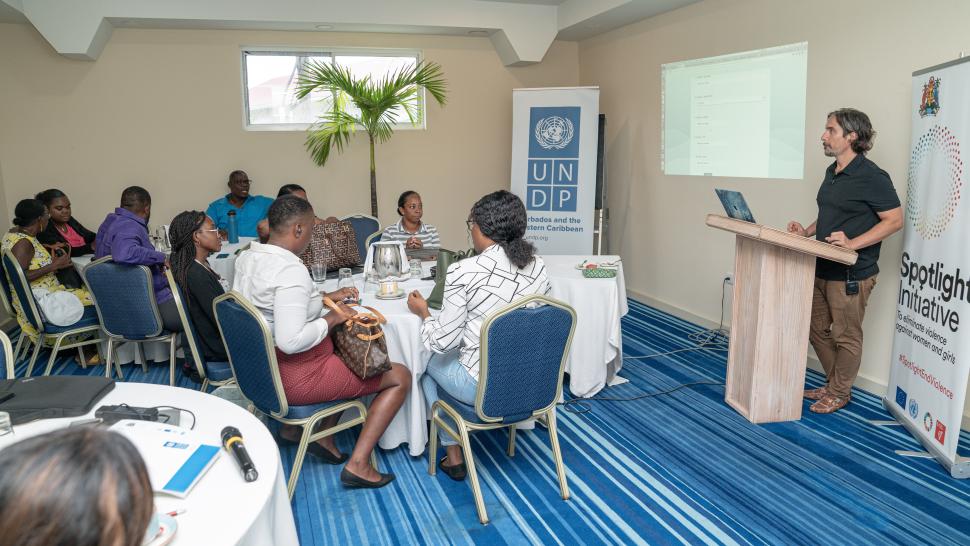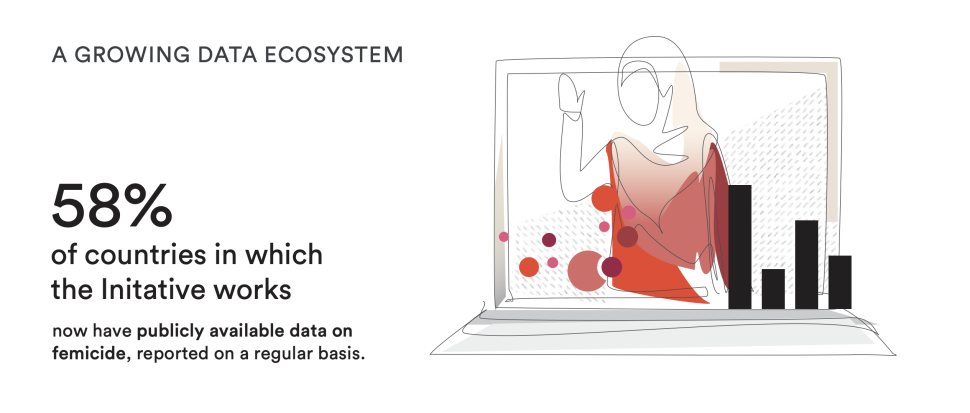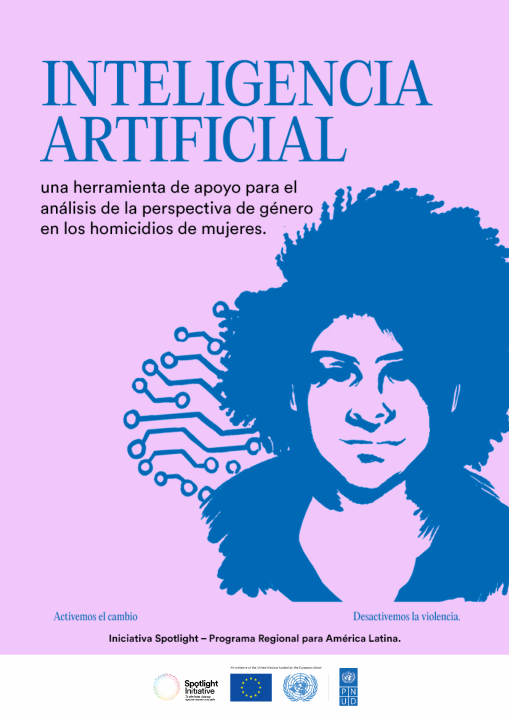Understand and use VAWG data

Understand and use VAWG data
Case Studies
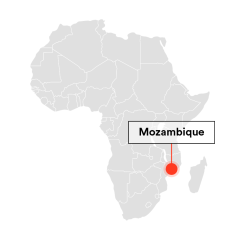
Spotlight Initiative in Mozambique supported the innovative gender-based violence (GBV) data management system “InfoViolência”. This web-based application, designed for registering and managing GBV cases, represents a significant advancement in data collection and analysis. Launched in 2018 and piloted in 2021, InfoViolência allows the referral of survivors to relevant institutions, such as health services (Ministry of Health), justice administration (Prosecutors and Courts), and Centers for Integrated Care (coordinated by the Ministry of Gender, Children and Social Action).
"InfoViolência is a gain not only in terms of the quality of the data collected, but also in reducing the response time for survivors of violence." Tonecas Manhiça, Head of the Department of Statistics, Studies and Dissemination in the Ministry of the Interior.
Its design enables more effective, real-time use of VAWG data through:
- Improved data quality once forms have been digitised and configured to ensure coherence and consistency of information.
- Reduced waiting time to access information, which allows timely decision-making.
- Real-time monitoring of registered cases and the performance of sectors responding to GBV cases.
The Spotlight Initiative programme supported the training of police officers and government officials in the use and management of the system. Although it faced an early challenge when users trained in the platform moved onto new positions in their institutions, this was overcome by training trainers at the level of the cities where the project was piloted so that there is local capacity to train new users. The application is now operational in all five target provinces, with users proficiently recording, using and managing GBV data.
InfoViolência resulted in a substantial increase in reported GBV cases – a three-fold rise since 2021, with approximately 6,000 cases registered. By expanding the platform to all target districts and training key personnel in its use, Spotlight Initiative has significantly contributed to the collection and use of quality data, thereby enhancing the overall response to sexual and gender-based violence in Mozambique.


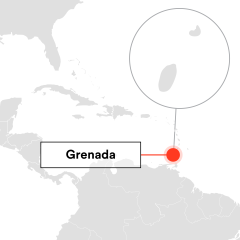
Spotlight Initiative in Grenada worked in close collaboration with national partners to develop an online data system to improve the collection and use of administrative data on violence against women and girls. The online platform was developed in 2022 with the Central Statistical Office and the National Data Centre of Grenada, following extensive consultation with civil society and with key stakeholders in the public sector, including the Royal Grenada Police Force.
“The adoption of a data collection system that produces harmonized statistics that informs policy directives and evidence-based programming is a strategic action to advance the ending VAWG and Family Violence agenda.” (Minister of State with responsibility for Social Development and Gender Affairs, Senator the Honourable Gloria Ann Thomas)
Training sessions helped users get better at collecting and entering information into the system. The training taught them how to manage data, keep it safe and secure, and how to use the features of the online system. Several groups in Grenada took part in the training, including the National Data Centre in the Ministry of Information and Communication Technology, the Central Statistical Office, the Criminal Records Office of the Royal Grenada Police Force, the Ministry of Gender Affairs, and the Ministry of Health.
The online platform was officially launched in June 2023, and it is hoped that the new system will help improve the capacity to collect comprehensive, reliable, comparable, and up-to-date data on violence against women and girls, which is essential for developing effective solutions.
